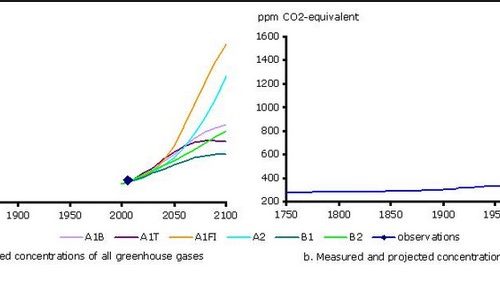
Fully halogenated halocarbons are destroyed primarily by photodissociation and photo-oxidation in the stratosphere (section 1.2.1.5), but because of their relative inertness, remain in the atmosphere for long periods of time (section 6.4.7). Hydrogen-bearing halocarbons, such as the methylhalides and HCFCs are removed from the troposphere mainly by reaction with OH, but also NO3. Some of these gases are, to a greater or less extent, removed by the ocean, presumably in hydrolysis reactions (Butler et al., 1991). Atmospheric adjustment times are shorter than for the fully halogenated species (section 6.4.7).




Leave a Reply